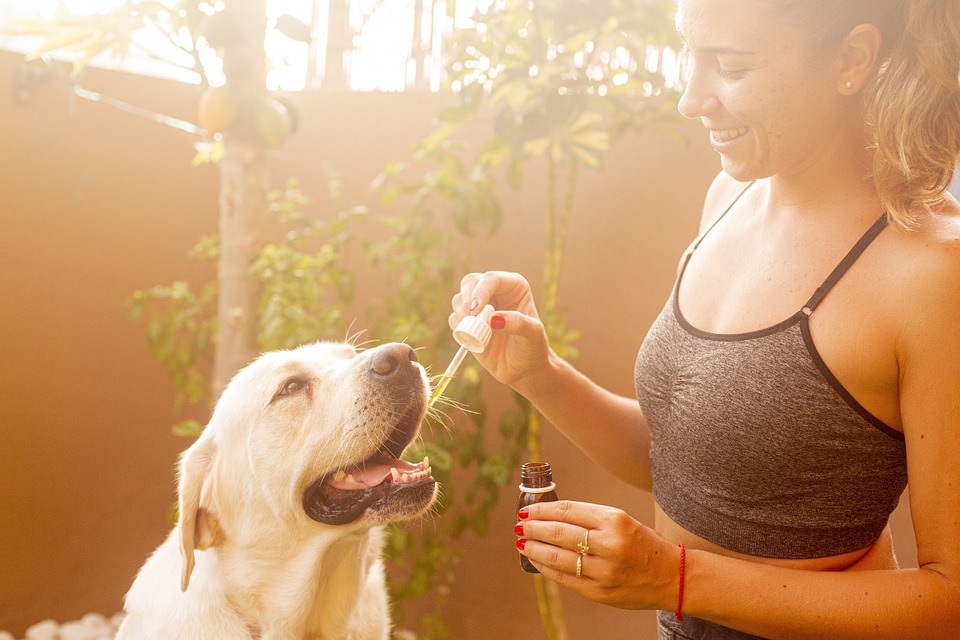BY A.C.Moon
Photo credit: A.C.Moon
Published in Weed World magazine issue 168
Each plant around you creates a unique aroma profile: menthol, rose, almond, lavender, dill plant- all have a distinct combination of plant compounds that dictate how your brain reacts. Essential Oils is now a significant stakeholder in the sector, announcing the medical benefits of plant extracts such as Eucalyptus for stress and infusing it into many medical rituals.
We can attribute the original chemists of the fragrance industry to that of Perfume or Cologne. The famous Italian maker Giovanni Farina created the first scientific laboratory for lavish perfumes in Germany in 1709, and it still operates today. Brilliant chemical isolating techniques made the science of stink more tangible as society began to realize you could feel “sexy,” “uplifted,” or “stressless” with a few sprays of a plant extract.
Furthering the evolution of science for all of us Cannabis consumers in 1942, researchers Simonsen and Todd added to the conversation the discovery and labeling of Terpenes being a completely separate section from Cannabinoids in botanical science. This opened an entire world of scientific discoveries, which in turn led to the evolution of modern high THCd9 Cannabis. Terpenoid oils, the crystalline-like glands created by flowers, are found in the areas of Trichome production. Due to the potent sticky smells of these glands, Medical Cannabis users can find themselves smelling like a walking pot plant by simply just handling a fresh bud.
Each chemical compound found in Cannabis can also be found in other plants. We use examples of each of these plant interactions to define better the experience we can expect from the Cannabis flower or extracts that we are taking. Think of the Lavender plant. Well known for its power to relax us and alleviate stress, it is dominated by a very uncommon Terpene compound named Linalool. This fragrance is found mainly in Afghani strains or those with a more dominant Indica makeup, such as the cultivars Lavender or Charlotte’s Web.
Other examples, such as Limonene, are famous for their part in creating a citrus experience that assists with calming anxiety and has been known for its anti-cancerogenic and anti-inflammatory properties.
Even as you walk peacefully through a forest and connect with nature, you’ll experience the meditative effects of Beta-Pinene, most prominently known as the smell of Pine trees. Many forms of tropical Sativa and Hemp cultivars carry these characteristics and have been found to have antidepressant properties in both smoking and consumable forms. Myrcene (the smell of mangos) has also been found to have anti-bacterial, anxiety-relieving, anti-inflammatory, and antidepressant properties.
It has been found that the scents of these things interact with our Endocannabinoid system and stimulate a huge amount of brain activity, especially those associated with memory.
As my ailing mother fought Cancer in the deep forests of Northern California, I found that keeping branches of the pine trees near her bed kept her calm as the Pinene terpenes kept her elated and energized through some hard days and nights. One of the patients at my Cannabis dispensary even carried a small jar of flowers with him not to smoke but to keep calm as he navigated the busy Bay Area traffic with high blood pressure. A simple whiff gave him the relief he needed to stay in good spirits. This is the fantastic outcome that Terpenes can have on us.
The freshness, potency, and medical benefits of the Cannabis products you choose can be aptly identified by how strong the Terpenes reach your palate. When the smell has diminished, often through poor storage, exposure to UV, or age, you know the product is less quality than that of a strongly smelling sample or one with a “Loud Nose.” This is mainly due to Terpene components being found in an oil-coated water cell in the plant; when it becomes too dry, it can no longer hold its aroma- much like a dried Rose compared to a freshly cut one with the fading of smell signaling that plant deterioration has begun.
Curing and storage are imperative for the quality of your Cannabis and Hemp Terps and temperatures. Terpenoids can begin to break down at around 70 degrees(F). High heat, such as “Dabbing,” can easily destroy these compounds before they reach your mouth, so keep the burner low for connoisseur-level experiences that pack the most medical benefits—keeping all products sealed and in dark, cool areas. Proper care of the products can ensure a long-lasting and more medically potent goody to relax with for months to come.
From what botanists know, terpenes are a plant’s way of communicating. Smells are literally how they talk—excreting enticing aromas to attract pollinators while the plant creates others to protect itself from would-be predators and viruses. Such as the Capsicum of a hot Pepper plant deterring crop eaters or a flower attracting a butterfly to travel its pollen.




















